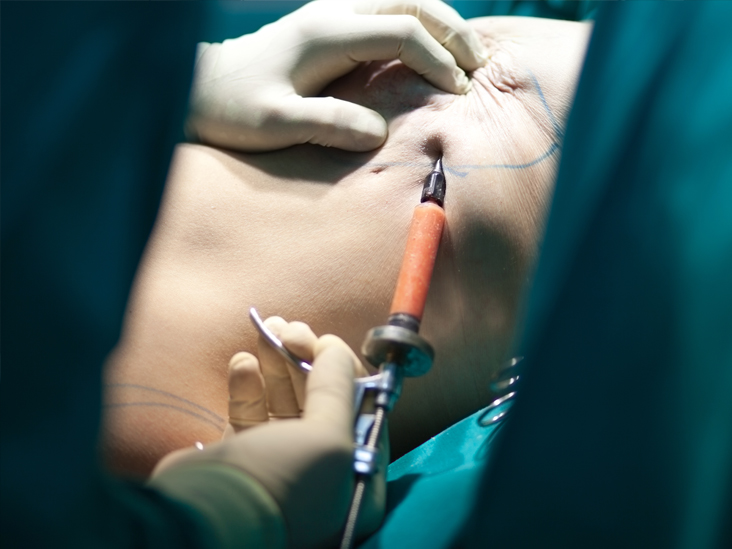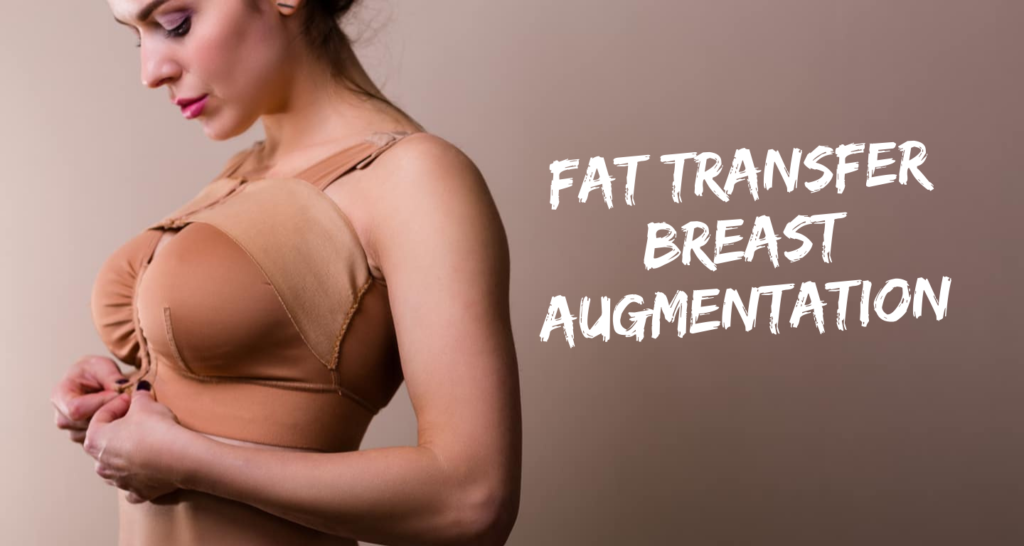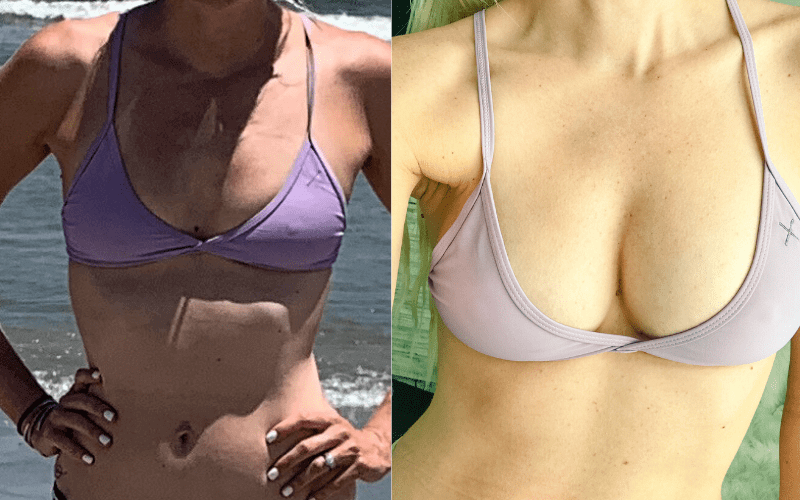Fat transfer breast augmentation is a surgical treatment that has been around for decades, but it’s grown in popularity over the past few years. Find out what you need to know about this procedure in this short blog post!
Want to know how liposuction is used to perform fat transfer breast augmentation? In this article, you will be able to learn all about the procedure’s history, techniques as well as FAQ.
In this article, the author provides information on how fat transfer breast augmentation works and how it benefits those who choose to have the procedure.
What is A Fat Transfer Breast Augmentation?

A fat transfer breast augmentation is a surgical procedure that uses fat to augment breasts. The surgeon removes excess fat from elsewhere on the body and transfers it to the breasts. This can be done in a number of ways, including using liposuction techniques, lasers, or vacuum devices. The goal is to create larger, firmer breasts.
Fat transfer is a surgical procedure that uses fat from another part of the body to enhance the appearance of the breasts. During fat transfer, a surgeon removes fat from another area, like the thighs or abdomen, and injects it into the breasts. The fat transfers volume and shape to the breasts, making them look larger and more voluptuous.
Fat transfer is a popular procedure for women who are looking for natural-looking enlargement without surgery. The surgery is also good for women who are unhappy with their current size or shape. It is not recommended for women who have large breasts or thin skin.
There are several types of fat transfer: local fat transfer, which uses fat from within the breast; regional fat transfer, which uses fat from around the breast; and full-thicknessfat transfer, which uses whole sections offatfrom other areas of the body.
The success of a fattransfer depends on a number of factors, including the technique used, the amount offat transferred, and the patients’ age, weight,and fitness level.
There are several risks associated withfattransfer surgery: infection, scarring, redistributionof adipose tissue (which can cause weight gain), and psychological risks such
Types of Fat Transfer Breast Augmentations

There are a few different types of fat transfer breast augmentation procedures, and each has its own benefits and drawbacks. Here’s a overview of the most common types of fat transfer breast augmentation procedures, along with the benefits and risks associated with each:
- In-person fat transfer: This is the most common type of fat transfer procedure, and involves transferring fat from one area of the body to another using a needle and syringe. The benefits of in-person fat transfer include the fact that it’s relatively painless (although some patients may experience minor discomfort), and that it’s relatively easy to perform. However, in-person fat transfer is also the most expensive option, and there’s a risk of scarring.
- Filler injections: Filler injections are a less invasive alternative to in-person fat transfer, and involve injecting small amounts of filler into areas that need augmentation. The filler can be made from a variety of sources, including autologous (your own) fat or plastic surgery grade silicone. The benefits of filler injections include the fact that they’re relatively low-cost, and that they often don’t require any downtime. However, there’s a risk of scarring , and the weight of certain types of filler can change the shape of your jawline.
- Sculptra: Sculptra is a non-surgical procedure that involves injecting liquid silicone into facial areas where you want to lose fat and volume. The process is somewhat painful, but is a less invasive option than liposuction. The results are more subtle than those achieved through in-person fat transfer or surgery, but they’re also not as permanent as implants or injectable fillers.
- Laser resurfacing/laser skin resurfacing: A type of laser treatment, laser resurfacing (also called “laser skin resurfacing”) uses light energy to target specific structures of the skin and kill them off one by one, thereby eliminating unwanted brown spots and wrinkles. Laser resurfacing is a minimally invasive option for patients that choose not to undergo surgery or injections (because laser resurfacing doesn’t involve incisions, it’s also less painful than other procedures with similar results).
- Botox/botulinum toxin: Dermatologists have been using Botox to smooth the way for years, but recently they’ve discovered that the effects of this botulinum toxin don’t just stop at the skin. The substance has been shown to reduce the appearance of lines and furrows in people who want to look younger but don’t want surgery.
- Fillers: Infamous for looking temporary, fillers are actually an effective way of treating many signs of aging.
Pros and Cons of a Fat Transfer Breast Augmentation

There are a few pros and cons to consider before deciding whether or not a fat transfer breast augmentation is right for you. Here are the key points to keep in mind:
Pros of Fat Transfer Breast Augmentation:
- The procedure is relatively painless, with most patients experiencing only minimal discomfort during the operation.
- There is no need for any hair removal prior to the surgery, which can be an advantage if you are worried about sensitive skin.
- The results of a fat transfer breast augmentation are often very natural-looking and attractive, with little or no visible scars.
- Fat transfer breast augmentation can be performed on a wide range of body types, making it an ideal option for those who are seeking a more natural appearance.
- In some cases, a fat transfer breast augmentation may be able to restore lost volume or provide increased support to the breasts. This can be helpful if you have been struggling with saggy or drooping breasts due to age or weight gain.
- A fat transfer breast augmentation is generally considered to be an affordable procedure, with average costs ranging from $7,000-$12,000 per surgery.
What to Expect with Surgery for a Fat Transfer Breast Augmentation
There’s a good chance you’re wondering if fat transfer breast augmentation is right for you. Here’s all the information you need to know about this popular surgical procedure.
What is fat transfer?
Fat transfer is a surgical technique that uses your own body fat to fill out a deficiency or loss of breast tissue. Fat is transferred from one part of your body to another, usually your breasts. This can restore volume, perk up your shape, and improve your appearance.
What are the benefits of fat transfer surgery?
The benefits of fat transfer surgery can be summed up with one word: results. After fat transfer surgery, you may see an improvement in your overall appearance, including fuller breasts, more natural-looking contouring, and improved support. Additionally, you may experience less pain and improved mobility post-op.
How does the procedure work?
During fat transfer surgery, a surgeon removes a small amount of fatty tissue from one location on your body (usually the stomach), and then injects this tissue into the empty space created by lost breast tissue. The fatty tissue replaces the
Pre and Post Care for a Fat Transfer Breast Augmentation

Preparation is key when it comes to any surgery, and that includes breast augmentation. Here are the basics of what you need to do before and after your fat transfer procedure:
- Make sure to schedule a consultation with a qualified surgeon. They will be able to answer all of your questions and help you prepare for your surgery.
- Take antibiotics before the surgery to prevent infection.
- Avoid strenuous activity for two days leading up to the procedure.
- Follow the post-operative instructions carefully. These include taking pain medication as directed and wearing a compression garment for at least four weeks.
Recovery Time for a Fat Transfer Breast Augmentation
One of the biggest concerns patients have about fat transfer breast augmentation is the recovery time. While most people feel good and enjoy excellent results within a few weeks, there is always the potential for some level of discomfort or soreness. However, with proper care and rest, most patients see excellent results in just a few days.
The following are important tips to help ensure a speedy and easy recovery:
-Drink plenty of fluids during and after surgery to prevent dehydration.
-Apply topical pain medications as prescribed by your surgeon. These medications can provide relief from moderate to severe pain.
-Avoid strenuous activity and lifting weights for the first few days post-op. This will only aggravate the swelling and pain.
-Maintain a comfortable temperature while recovering. Keep the area around the breast cool and dry at all times. Avoid wearing tight clothing that may restrict blood flow or increase swelling; instead, opt for loose clothing that allows air circulation.
-Keep an updated list of your post-op symptoms and when they began so that you can discuss them with your surgeon should they occur.
Conclusion

Fat transfer breast augmentation is a popular procedure that can help boost the size and shape of your breasts. This article provides all the information you need to know about this surgery, from what it involves to the potential risks and benefits. If you are considering this procedure, we recommend reading through our comprehensive guide first to make sure you have all the facts before making any decisions. Thanks for reading!






